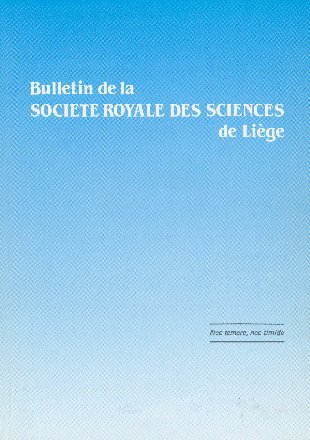- Startpagina tijdschrift
- Volume 86 - Année 2017
- Special issue
- The harmony between architectural forms and structural
Weergave(s): 2801 (8 ULiège)
Download(s): 3321 (14 ULiège)
The harmony between architectural forms and structural
Case Study: Burj Khalifa Dubai

Documenten bij dit artikel
Version PDF originaleAbstract
The Burj Khalifa Tower is the world’s tallest structure, passing all previous height records such a project by necessity requires pushing current analysis, material, construction technologies, and building systems to literally new heights. However, as such a building height has never before been attempted, it is also necessary to ensure all technologies and methods used are of sound development and practice. As such, the designers sought to be able to use conventional systems, materials, and construction of aerodynamic shaping and wind engineering played a major role in the architectural massing and design of this multi-use tower, where mitigating and taming the dynamic wind effects was one of the most important design criteria set forth at the onset of the project design. This paper provides brief description of the tower structural systems, focuses on the key issues considered in construction planning of the key structural components and briefly outlines the execution of one of the most comprehensive architectural forms and structural in tall buildings.






